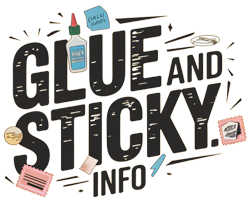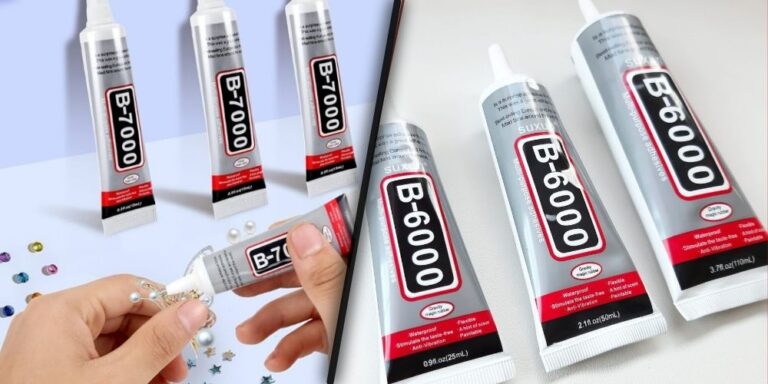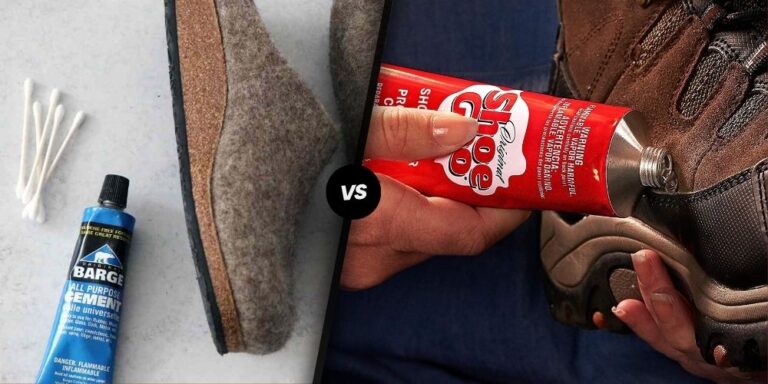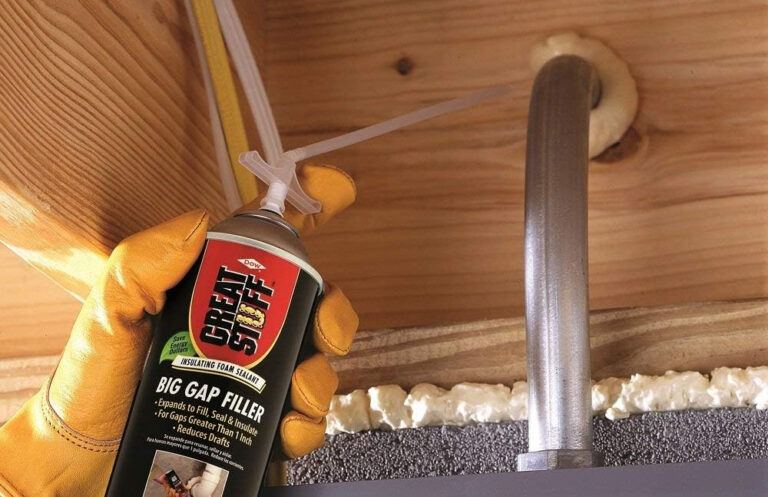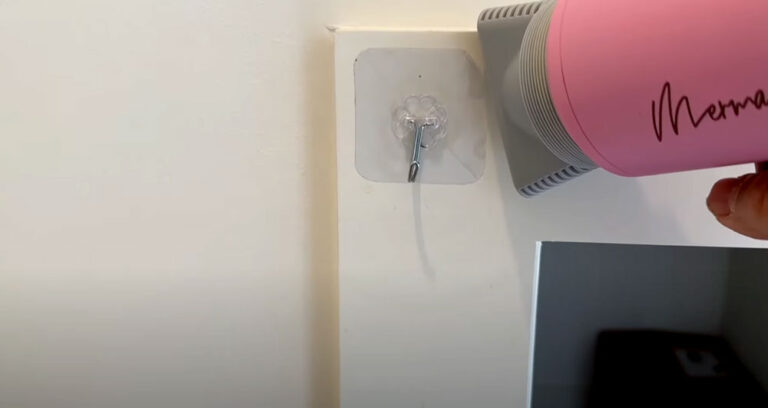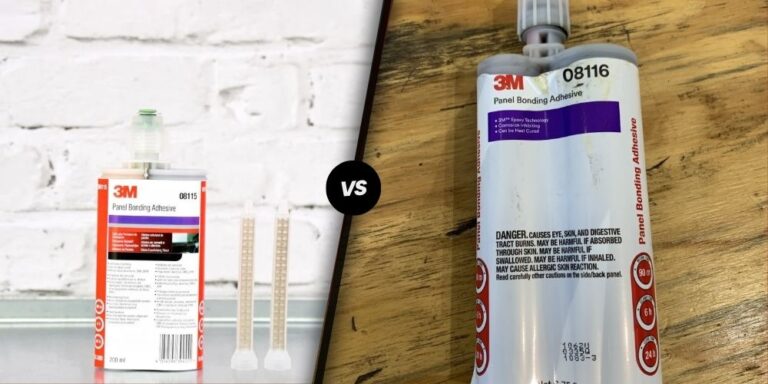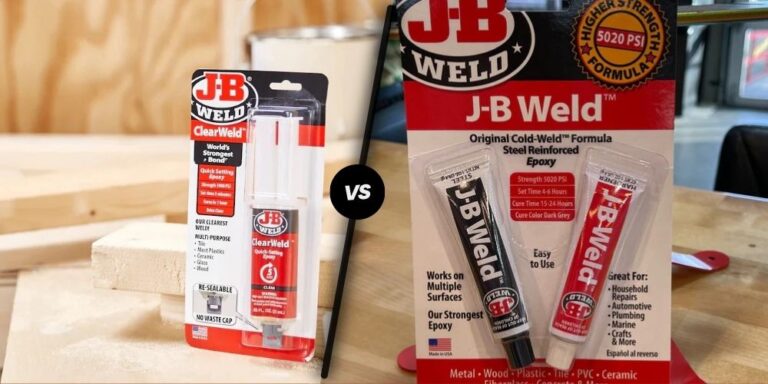J-B Weld SteelStik vs. WaterWeld: Which One is Right for You?
When it comes to quick and reliable repairs, especially in tough conditions, J-B Weld is a name that stands out. Among their wide range of adhesive products, SteelStik and WaterWeld epoxy putties cater to different repair needs.
SteelStik is tailored for metal repairs, while WaterWeld excels in wet and underwater applications. Let’s dive deep into the features, strengths, and ideal use cases of both products, helping you choose the right one for your project.
What is J-B Weld SteelStik?
SteelStik is a hand-mixable, steel-reinforced epoxy putty designed for structural repairs, particularly on metal surfaces. It sets fast, forming an extremely tough compound that mimics steel once fully cured. It’s perfect for tasks requiring high durability and temperature resistance.
Key Features of SteelStik:
- Setting Time: 3 to 5 minutes
- Curing Time: Fully cured within 60 minutes
- Tensile Strength: 3960 psi
- Temperature Resistance: Up to 300°F (149°C)
- Final Color: Steel gray
- Applications:
- Metal repairs (engine blocks, radiators, and automotive components)
- Industrial equipment
- Pipes and machinery repair
SteelStik excels in scenarios where fast application and high load-bearing capacity are required, making it popular among mechanics and engineers.
What is J-B Weld WaterWeld?
WaterWeld is a specialized epoxy putty designed for applications where moisture or direct water exposure is a factor. It adheres well to wet surfaces and cures even under water, making it an excellent choice for plumbing, marine, and other water-related repairs.
Key Features of WaterWeld:
- Setting Time: 15 to 25 minutes
- Curing Time: Fully cured within 60 minutes
- Tensile Strength: 1300 psi
- Temperature Resistance: Up to 300°F (149°C)
- Final Color: Off-white
- Applications:
- Underwater repairs (pools, marine equipment)
- Sealing plumbing leaks
- Repairs on water tanks and other wet surfaces
WaterWeld is highly regarded by professionals who deal with plumbing or marine repairs due to its excellent performance in damp environments.
SteelStik vs. WaterWeld: Key Differences
The main distinctions between SteelStik and WaterWeld lie in their composition, intended use, and performance. Below is a detailed comparison.
| Feature | J-B Weld SteelStik | J-B Weld WaterWeld |
|---|---|---|
| Setting Time | 3 to 5 minutes | 15 to 25 minutes |
| Cure Time | Fully cured in 60 minutes | Fully cured in 60 minutes |
| Tensile Strength | 3960 psi | 1300 psi |
| Temperature Resistance | Up to 300°F (149°C) | Up to 300°F (149°C) |
| Water Compatibility | Not designed for wet or underwater applications | Designed for wet and underwater use |
| Final Color | Steel gray | Off-white |
| Applications | Ideal for metal repairs | Ideal for plumbing and marine repairs |
Applications and Use Cases
When to Use SteelStik
SteelStik is ideal for high-strength repairs on materials like steel and other metals. It’s often used in the following situations:
- Automotive Repairs: Fixing engine blocks, radiators, or exhaust systems.
- Industrial Equipment: Repairing machinery and metal structures.
- Pipes and Fittings: Sealing leaks and reinforcing joints in metal pipelines.
Since SteelStik cures quickly and has high tensile strength, it’s perfect for emergency repairs where speed and durability are essential.
When to Use WaterWeld
WaterWeld shines in situations where moisture is present or repairs need to be made underwater. Its key applications include:
- Plumbing Repairs: Sealing leaks in pipes, faucets, and water tanks.
- Marine Applications: Fixing boat components or underwater structures.
- Swimming Pools: Repairing cracks and holes without draining the pool.
WaterWeld’s ability to cure underwater makes it an invaluable tool for plumbers, marine technicians, and pool maintenance professionals.
Performance Comparison
Both SteelStik and WaterWeld have impressive performance characteristics, but they are designed to meet different needs. Below is a detailed performance comparison.
| Performance Metric | SteelStik | WaterWeld |
|---|---|---|
| Adhesion to Metal | Excellent | Good |
| Adhesion to Wet Surfaces | Limited | Excellent |
| Underwater Curing | No | Yes |
| Moldability | High | High |
| Impact Resistance | High | Moderate |
| Versatility | Best for metal and structural repairs | Best for wet and underwater environments |
| Ease of Application | Quick setting, ideal for emergencies | Longer working time, good for precision |
Pros and Cons
SteelStik Pros:
- Sets quickly (within minutes)
- High tensile strength (3960 psi)
- Ideal for high-stress metal repairs
- Can be machined, drilled, and sanded once cured
SteelStik Cons:
- Not suitable for wet or underwater repairs
- Short working time may be challenging for detailed applications
WaterWeld Pros:
- Cures underwater and adheres to wet surfaces
- Excellent for plumbing and marine applications
- Longer working time allows for precision repairs
WaterWeld Cons:
- Lower tensile strength than SteelStik
- Takes longer to set than SteelStik
Real-World User Experiences
SteelStik in Action
Many users have found SteelStik to be indispensable for quick and sturdy repairs. For example, mechanics often keep it on hand to fix damaged engine components during emergencies. Its quick curing time and metal-like finish provide a reliable solution for heavy-duty repairs.
WaterWeld Success Stories
WaterWeld has proven effective for stopping leaks without the need to shut off water systems. Plumbers often use it to patch pipes under pressure, while marine repair technicians praise its ability to handle underwater repairs on boats and docks.
How to Apply SteelStik and WaterWeld
Application Steps for SteelStik:
- Clean and dry the surface thoroughly.
- Cut off the required amount of epoxy putty.
- Knead the putty until the color is uniform.
- Apply to the repair area and shape as needed.
- Allow it to set and cure before machining or sanding.
Application Steps for WaterWeld:
- Clean the surface (even if wet).
- Cut off the required amount of epoxy putty.
- Knead the putty until the color is uniform.
- Apply to the repair area, pressing firmly.
- Allow it to cure for full effectiveness.
Which Product Should You Choose?
The choice between SteelStik and WaterWeld depends on the nature of your repair task:
- Choose SteelStik if you’re dealing with dry, high-stress repairs on metal surfaces. It’s ideal for automotive, industrial, and heavy-duty applications.
- Choose WaterWeld if your repair involves moisture, wet surfaces, or underwater conditions. It’s perfect for plumbing, marine repairs, and pool maintenance.
Frequently Asked Questions
1. Can SteelStik be used underwater?
No, SteelStik is not designed for underwater use. For wet or submerged repairs, WaterWeld is the appropriate choice.
2. Is WaterWeld as strong as SteelStik?
WaterWeld has a tensile strength of 1300 psi, which is lower than SteelStik’s 3960 psi. While WaterWeld is strong enough for most plumbing and wet applications, SteelStik is better for high-stress metal repairs.
3. Can both products be painted after curing?
Yes, both SteelStik and WaterWeld can be sanded, drilled, and painted once fully cured.
Conclusion
Both J-B Weld SteelStik and WaterWeld are powerful solutions for different repair needs. SteelStik is the go-to choice for metal and high-strength repairs, while WaterWeld excels in wet and underwater environments. By understanding their differences and capabilities, you can make an informed decision and ensure long-lasting repairs for your projects.
